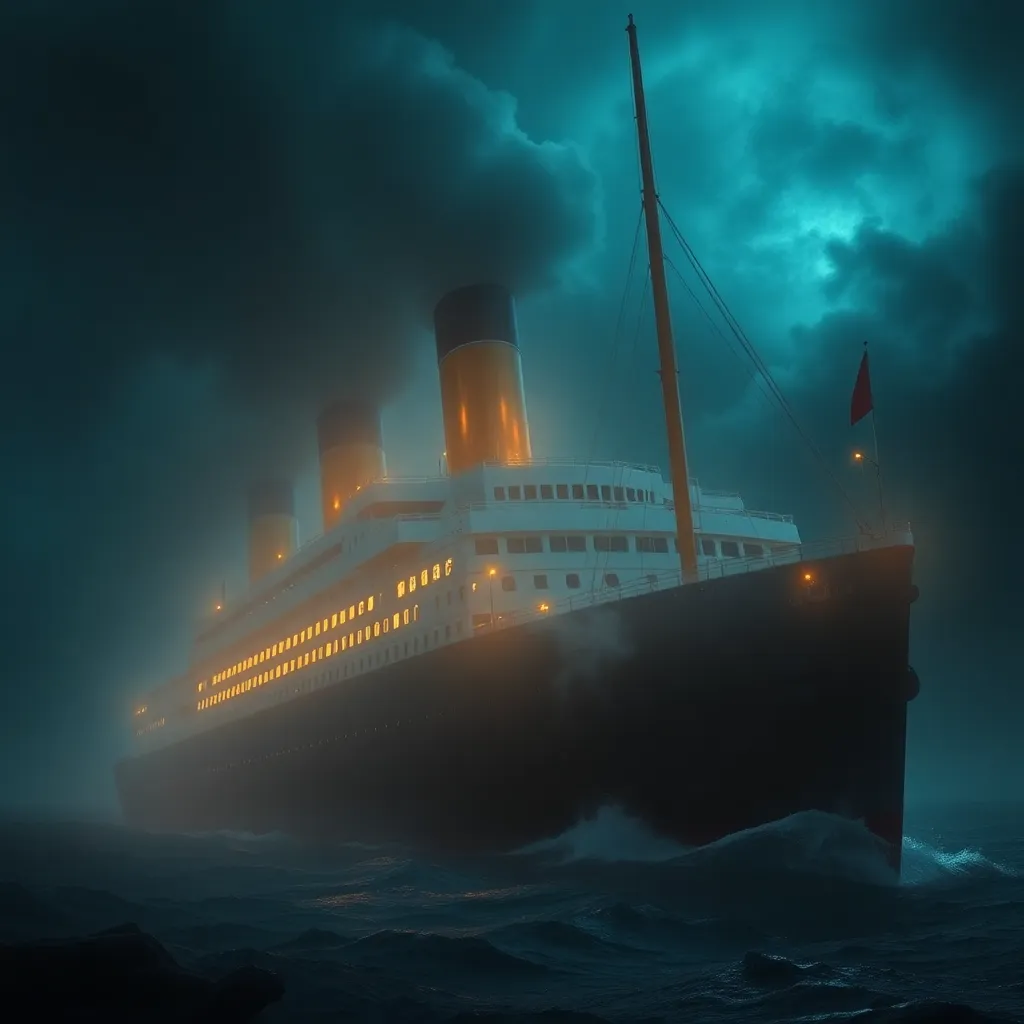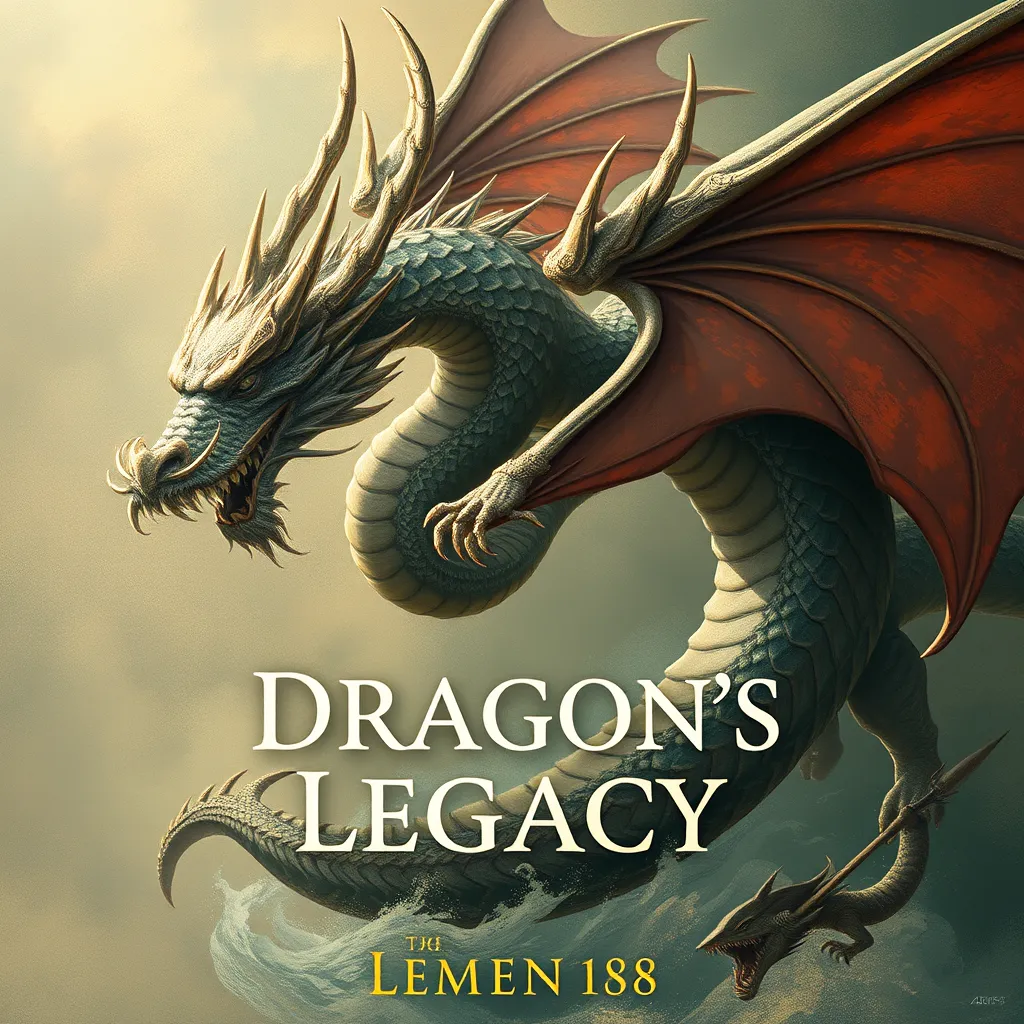The Ahuizotl: A Symbol of the Primal Fear of the Unknown
I. Introduction
The Ahuizotl is a captivating creature rooted in Aztec mythology, often described as a dog-like beast with unique and terrifying features. This creature embodies the intrinsic fears that lurk within the human psyche—fears of the dark, of water, and of the unknown. Mythological creatures like the Ahuizotl serve to illustrate cultural narratives that reflect societal anxieties and beliefs.
In exploring the Ahuizotl, we uncover not just a creature of lore but a symbol of humanity’s enduring struggle with fear. The characteristics and stories surrounding the Ahuizotl encapsulate our primal instincts and the societal need to confront what lies beyond our understanding.
II. Historical Context of the Ahuizotl
The Ahuizotl originates from Aztec mythology, where it was depicted as a water-dwelling creature, often found near lakes and rivers. These myths were integral to Mesoamerican societies, influencing their beliefs about nature and the supernatural.
In ancient texts, the Ahuizotl was not merely a monster but a significant figure that represented the dangers associated with bodies of water. As communities relied on water for sustenance, the fear of the Ahuizotl reflected their respect for the unpredictable nature of their environment.
Over time, the image of the Ahuizotl evolved, influenced by European colonization and the blending of indigenous beliefs with new cultural narratives. This transformation allowed the Ahuizotl to retain its place in myth while adapting to changing societal contexts.
III. Physical Description and Characteristics
The Ahuizotl is often described as a creature resembling a small dog or an otter, with distinctive features that evoke fear. It is said to possess:
- Long, clawed hands capable of grasping and pulling victims into the water.
- A pair of glowing eyes that shine in the darkness.
- A long, serpentine tail that ends in a hand-like appendage.
These features not only enhance its terrifying allure but also create a physical manifestation of humanity’s fears—hands that can reach out from the depths, eyes that watch from the shadows, and a tail that signifies the unknown lurking just beneath the surface.
When compared to other mythological creatures, such as the Loch Ness Monster or the Chupacabra, the Ahuizotl stands out due to its specific association with water and its dual nature as both a predator and a symbol of fear.
IV. The Ahuizotl’s Habitat and Behavior
Traditionally, the Ahuizotl is believed to inhabit rivers, lakes, and other bodies of water, where it preys on unsuspecting individuals who venture too close. This association with water enhances its fearsome reputation, as water is often viewed as a mysterious and uncontrollable force.
Behaviorally, the Ahuizotl is said to exhibit traits that contribute to its fearsome image, including:
- Being able to mimic the cries of drowning people to lure victims.
- Swift movement in water, making it difficult to escape once it has targeted someone.
- Intelligence that allows it to strategize its attacks.
Numerous stories from Mesoamerican folklore recount encounters with the Ahuizotl, often ending in tragedy for those who underestimate its cunning and ferocity. These tales serve not only as warnings but also as cultural touchstones that reinforce community values regarding caution and respect for nature.
V. Symbolism of the Ahuizotl
The Ahuizotl symbolizes a range of primal fears, including the fear of darkness, the unpredictability of water, and the broader unknown. These fears resonate deeply with the human experience, making the Ahuizotl a timeless figure in myth.
Additionally, the Ahuizotl can be viewed as a metaphor for human struggles. It embodies the challenges we face when confronting fears that lie outside our understanding, forcing us to grapple with the complexities of life and death, safety and danger.
In contemporary society, the symbolism of the Ahuizotl connects with modern anxieties, such as:
- Fear of the unknown in an increasingly complex world.
- Concerns about environmental hazards associated with water.
- Personal fears of vulnerability in unfamiliar situations.
VI. The Ahuizotl in Popular Culture
The Ahuizotl has made its mark in popular culture, appearing in various forms of literature and art. Modern interpretations often draw on its original characteristics while reimagining its role in contemporary narratives.
In literature, the Ahuizotl might be portrayed as a tragic figure, reflecting deeper human fears and emotions. In art, it can symbolize the intersection of beauty and terror, capturing the imagination of audiences.
Moreover, the Ahuizotl influences modern media, including:
- Films that delve into horror or fantasy genres, using the Ahuizotl as a creature of suspense.
- Video games that incorporate mythological creatures, allowing players to confront their fears in interactive settings.
- Television series exploring folklore and mythology, where the Ahuizotl serves as a representation of nature’s mystery.
These portrayals have sparked contemporary discussions on myth and fear, highlighting the creature’s relevance in a modern context.
VII. Psychological Perspectives on the Ahuizotl
From a psychological standpoint, the Ahuizotl can be analyzed through the lens of fear and anxiety. The creature serves as a reflection of collective human fears, manifesting anxieties that are often buried in the subconscious.
As a symbol, the Ahuizotl provides insights into how cultures process fear, using mythology to confront and understand the unknown. By examining such myths, we can gain a better understanding of the psychological implications of fear, including:
- The role of storytelling in coping with anxiety.
- The significance of cultural myths in shaping societal norms.
- The therapeutic potential of confronting fears through imaginative narratives.
VIII. Conclusion
The Ahuizotl, as a symbol of fear, captures the essence of what it means to confront the unknown. Its characteristics and lore serve as a reminder of humanity’s perpetual struggle with fear, illuminating the psychological landscapes that shape our lives.
As we reflect on the Ahuizotl’s enduring legacy, it becomes clear that it not only represents ancient fears but continues to resonate in the modern psyche. Through myth and storytelling, we are encouraged to face our fears and embrace the unknown, finding meaning in the darkness that surrounds us.
Ultimately, the Ahuizotl stands as a testament to the importance of confronting our primal fears, using myth as a powerful tool for understanding and navigating the complexities of human experience.



